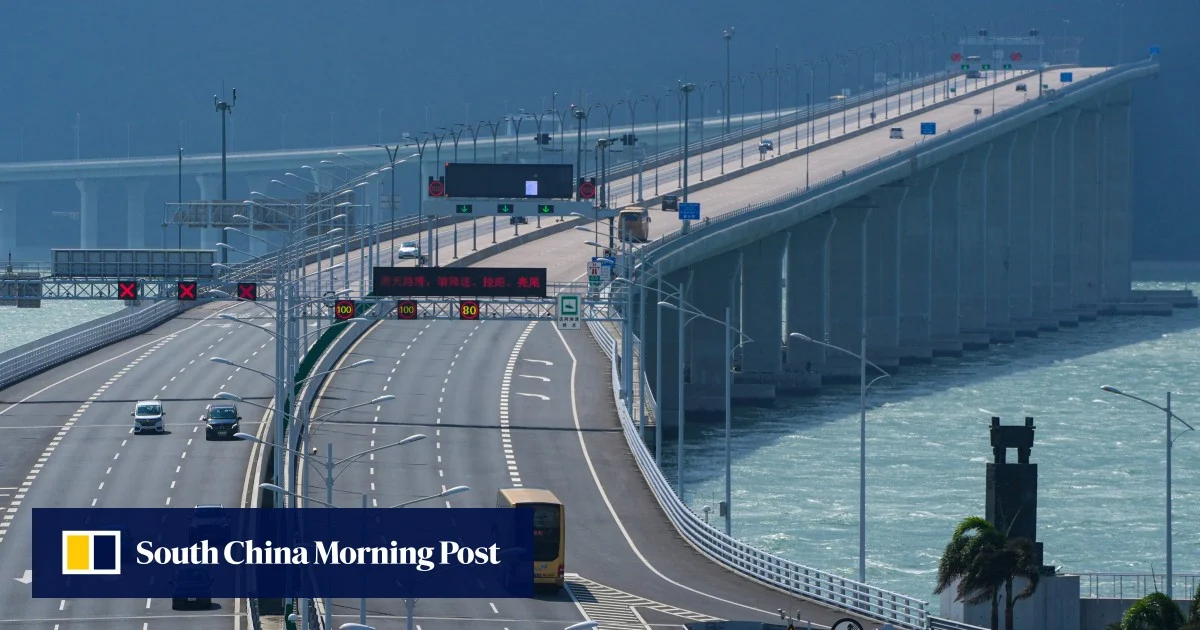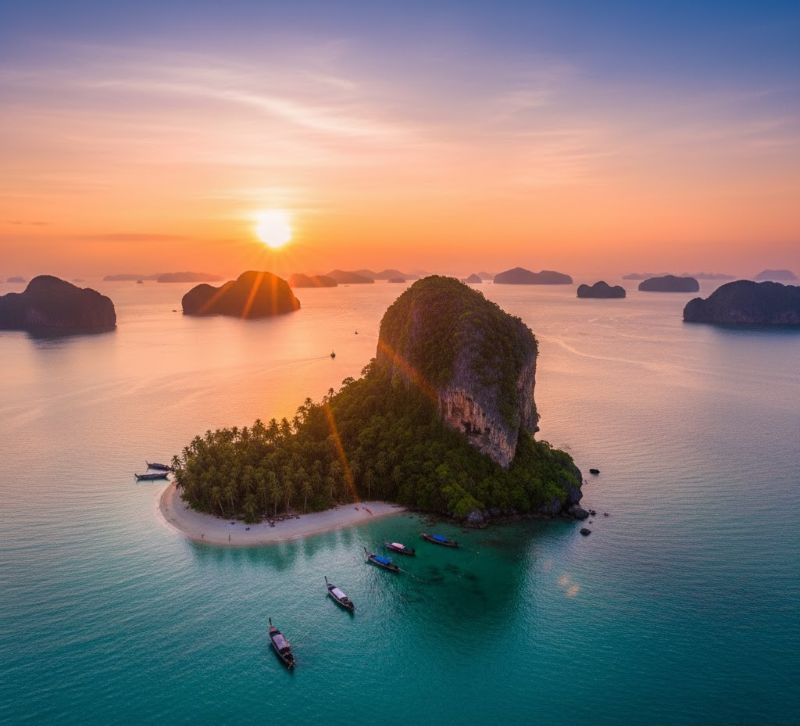Tuesday, May 20, 2025
A Strategic Timeline for Global Tourism Revitalization
It was indicated that a comprehensive tourism enhancement plan would be progressively rolled out from the second quarter of 2025, with full implementation expected by the fourth quarter of 2026. The schedule appeared to reflect a strategic effort to restore global attention to Hong Kong’s cultural and natural landscapes post-pandemic, aligning the timing with anticipated global travel rebounds.
This phased deployment was designed to ensure infrastructural readiness, marketing outreach, and tourism ecosystem coordination across Hong Kong Island, Kowloon, the New Territories, and the outlying islands, fostering an all-rounded visitor experience.
A Surge in Regional and Global Travel Interest
The announcement was viewed globally as a signal to international tourists that Hong Kong was poised for a tourism revival. By unveiling a collection of immersive experiences, authorities appeared to be aiming to attract not only returning tourists but also new demographics of travelers seeking culturally rich, visually diverse, and authentic local experiences.
Travel experts anticipated this move would stimulate regional air routes, hotel demand, and destination marketing, especially among travelers from Southeast Asia, Europe, and North America looking for multifaceted urban destinations.
Historical and Cultural Anchors in the Heart of the City
Authorities seemed to prioritize heritage conservation and storytelling in the urban core, offering tourists an opportunity to engage with Old Town Central, known for its colonial architecture and historical buildings. Additionally, the inclusion of the old Yau Ma Tei Police Station and an exhibition spotlighting the now-demolished Kowloon Walled City were understood as efforts to preserve narratives often overlooked in traditional tourist circuits.
By emphasizing these historic locales, the tourism board aimed to elevate heritage awareness, instill curiosity about the city’s layered identity, and diversify urban tourism offerings.
Nature-Based Escapes and Outdoor Exploration
In line with global trends favoring eco-tourism and open-air attractions, the plan spotlighted Sai Kung’s ocean views and Victoria Peak’s panoramic landscapes. These sites were positioned to draw nature lovers and photography enthusiasts who seek serenity outside dense urban zones.
Experts believed such promotion could disperse tourist traffic, prevent over-tourism in central districts, and expand itineraries to less-visited zones, creating a more balanced tourism economy.
Innovative Engagements and Urban Renewal Projects
The government’s roadmap included the transformation of Victoria Park into a space hosting diverse bazaars, as well as a purple tabebuia garden in Tamar Park, blending horticultural aesthetics with recreational innovation. These projects were interpreted as urban placemaking initiatives designed to attract both locals and tourists into renewed public spaces.
Planners expected these enhancements to encourage community tourism, foster local enterprise participation, and position Hong Kong as a creative urban leisure destination.
Bridging Contemporary Brands and Cultural Identity
Sites linked to locally recognized brands such as Lee Kum Kee were among the featured destinations. These venues were believed to serve as touchpoints for culinary tourism, connecting global visitors with Hong Kong’s food heritage and commercial ingenuity.
Industry observers speculated that such brand-focused tourism elements could broaden Hong Kong’s appeal, especially for experience-driven travelers keen on food, innovation, and cultural products.
Tourism Expansion across Geographic Divides
The unveiling reportedly encompassed nine major tourist hotspots across Hong Kong Island, Kowloon, the New Territories, and outlying islands, ensuring geographic inclusivity and cross-regional economic benefits. This plan was seen as critical in reviving footfall in underexplored districts and stimulating local businesses.
A few highlights included:
- Old Town Central for architectural exploration
- Kowloon Walled City tribute exhibit
- Victoria Peak for iconic views
- Sai Kung ocean vistas
- Hung Hom railway freight terminal as a reimagined attraction
These venues were expected to foster dynamic travel circuits, appealing to varied traveler interests including history, architecture, nature, and modernity.
Global Tourism Impact and Travel Industry Response
It was suggested that the international travel industry would take keen interest in Hong Kong’s revitalized tourism vision, likely influencing tour package design, marketing strategies, and airline route planning. Travel analysts forecasted that Hong Kong’s repositioning as a multifaceted destination would increase competitiveness in the East Asian travel market, encouraging collaboration between regional hubs and international carriers.
Moreover, the incorporation of local culture, green tourism, and urban renewal was believed to resonate with global travel trends that prioritize authenticity, sustainability, and immersive exploration.



